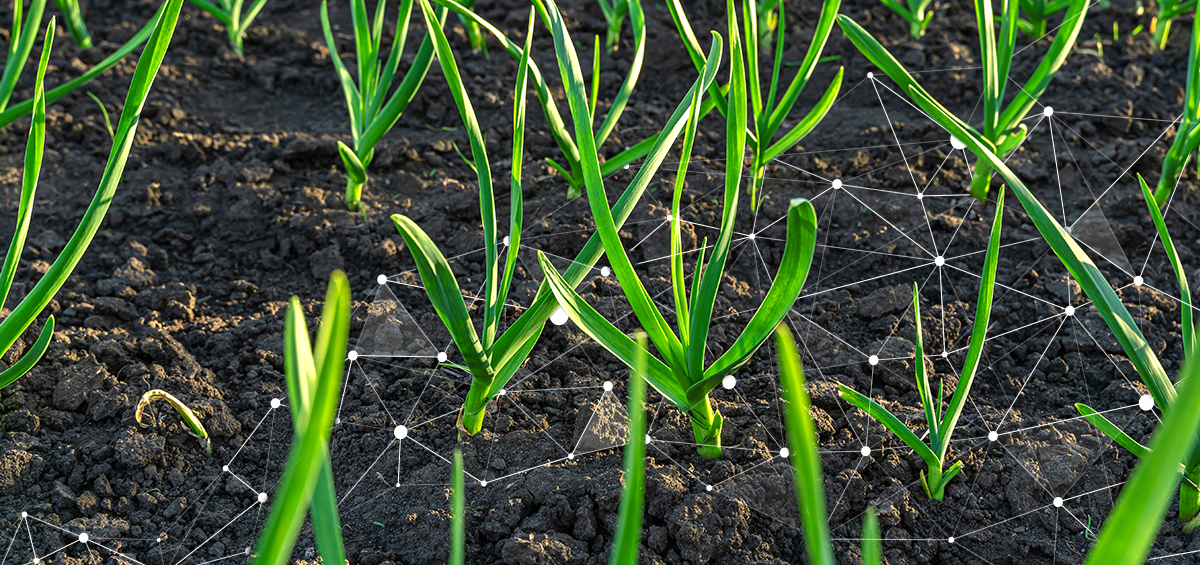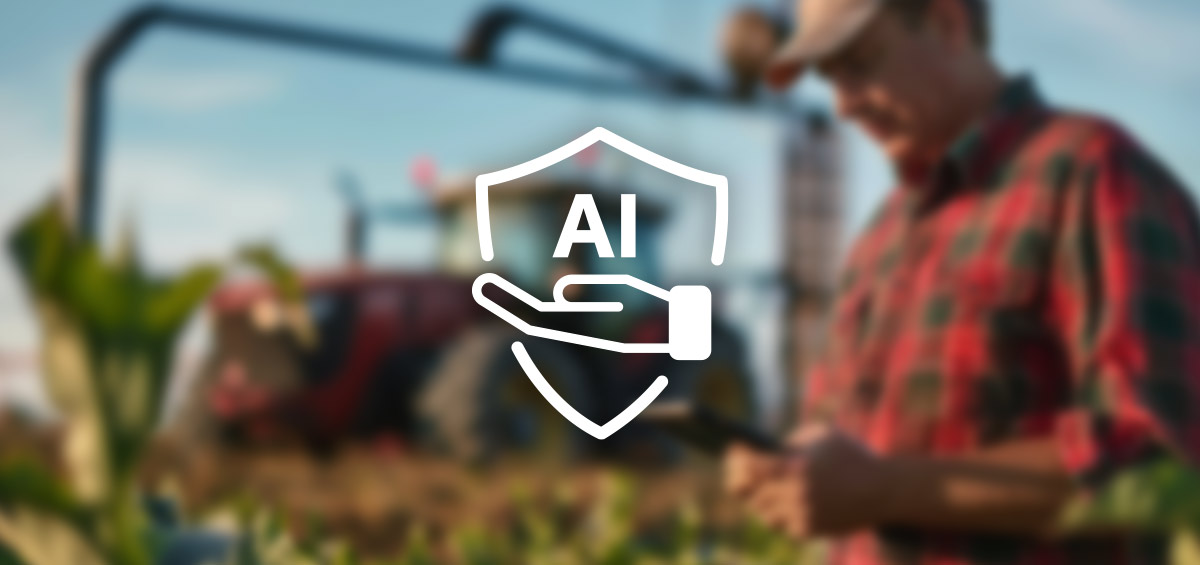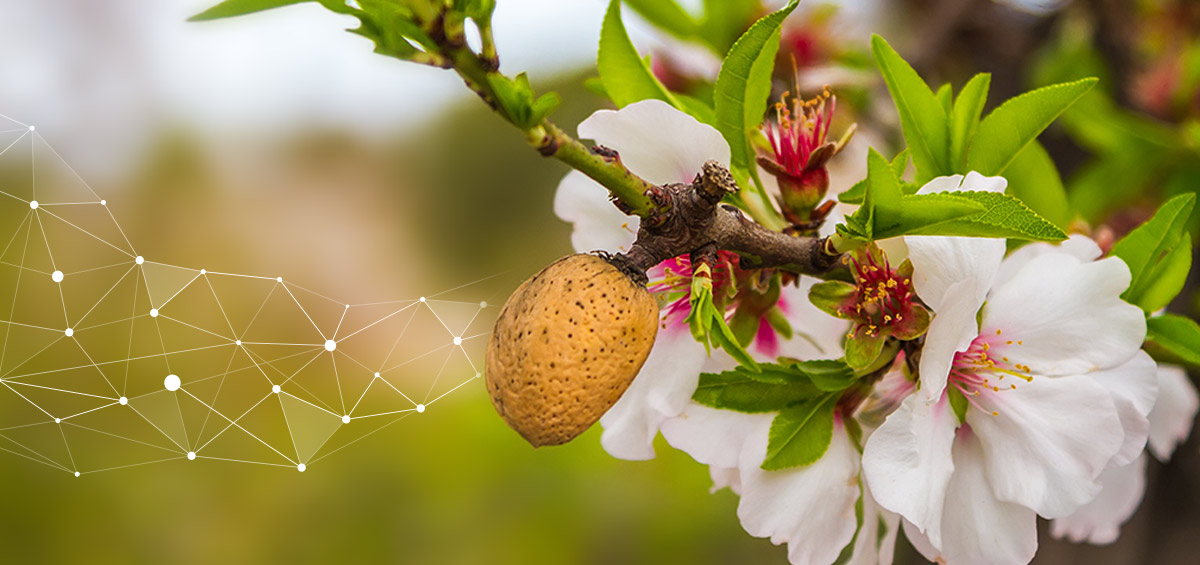Reduction of Dinitrogen to Ammonia
Reducing N2 to ammonia is usually a very energy-intensive process. In the long-standing Haber-Bosch process used by industry, N2 reduction is accomplished by using high temperatures and high pressure. In biology, the reduction is catalyzed by nitrogenase in a reaction that requires ATP to act as the energy source. This constrains how fast the reaction can take place. Both the biological and industrial processes require high energy input and both result in the emission of high levels of carbon dioxide. The new process requires far less energy and emits no carbon dioxide.
The new research is expected to inspire alternative concepts for meeting the demand for ammonia, but in a more energy-efficient and sustainable manner, with a lower impact on the environment than current commercial processes. Because this study is the first to demonstrate the new process, the findings are important to help future studies evaluate the technological impact on a practical system.
Text sources: Science Daily || National Renewable Energy Laboratory Image source: Phys





